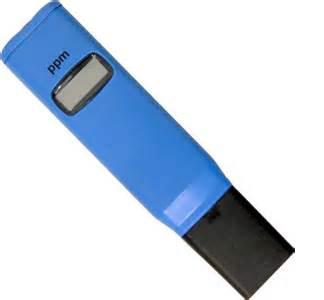- Home
-
/ Pages
TDS Filtration

1.) “Dissolved solids” refer to any minerals, salts, metals, cations or anions dissolved in water. This includes anything present in water other than the pure water (H20) molecule and suspended solids. (Suspended solids are any particles/substances that are neither dissolved nor settled in the water, such as wood pulp.)
2.) In general, the total dissolved solids concentration is the sum of the cations (positively charged) and anions (negatively
charged) ions in the water.
3.) Parts per Million (ppm) is the weight-to-weight ratio of any ion to water.
4.) A TDS meter is based on the electrical conductivity (EC) of water. Pure H20 has virtually zero conductivity. Conductivity is usually about 100 times the total cations or anions expressed as equivalents. TDS is calculated by converting the EC by a factor of 0.5 to 1.0 times the EC, depending upon the levels. Typically, the higher the level of EC, the higher the conversion factor to determine the TDS. NOTE – While a TDS meter is based on conductivity, TDS and conductivity are not the same thing.
1.) Some dissolved solids come from organic sources such as leaves, silt, plankton, and industrial waste and sewage. Other sources come from runoff from urban areas, road salts used on street during the winter, and fertilizers and pesticides used on lawns and farms.
2.) Dissolved solids also come from inorganic materials such as rocks and air that may contain calcium bicarbonate, nitrogen, iron phosphorous, sulfur, and other minerals. Many of these materials form salts, which are compounds that contain both a metal and a nonmetal. Salts usually dissolve in water forming ions. Ions are particles that have a positive or negative charge.
3.) Water may also pick up metals such as lead or copper as they travel through pipes used to distribute water to consumers.
4.) Note that the efficacy of water purifications systems in removing total dissolved solids will be reduced over time, so it is highly recommended to monitor the quality of a filter or membrane and replace them when required.


